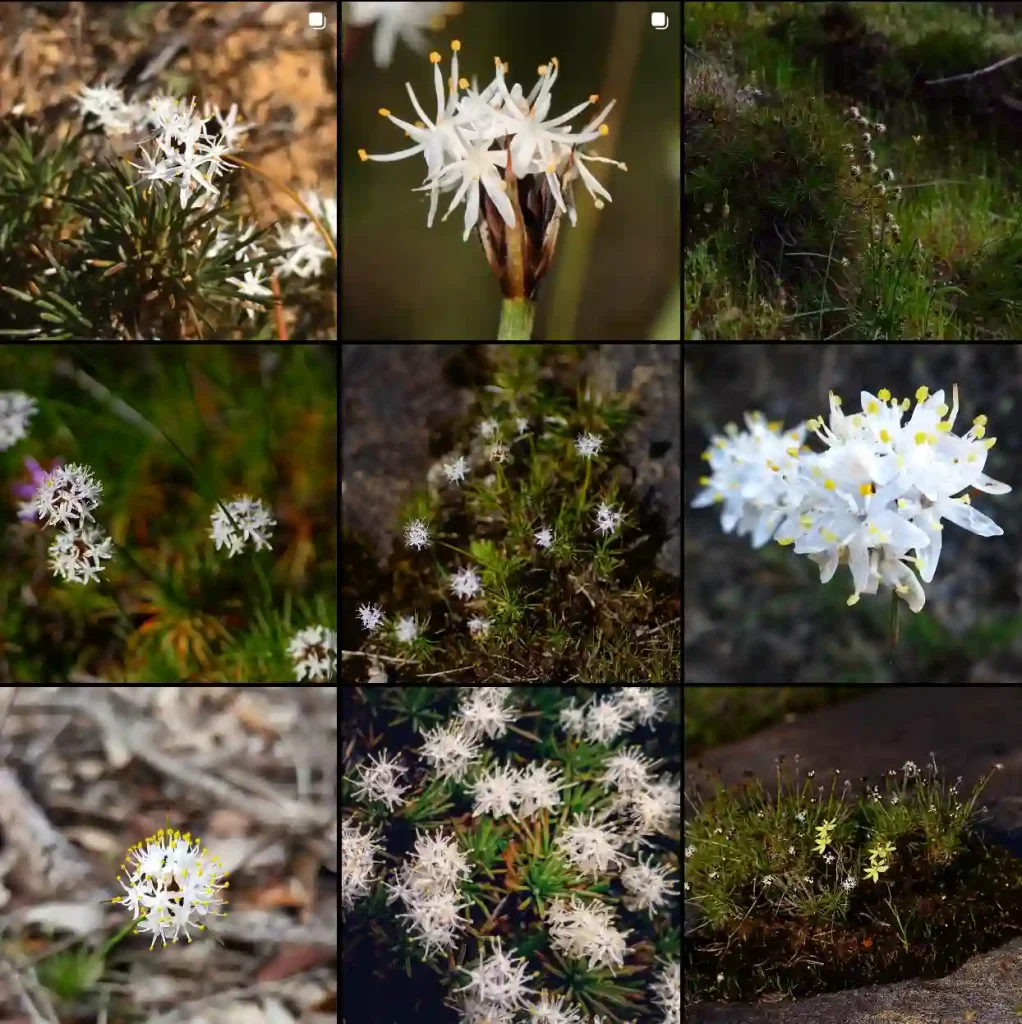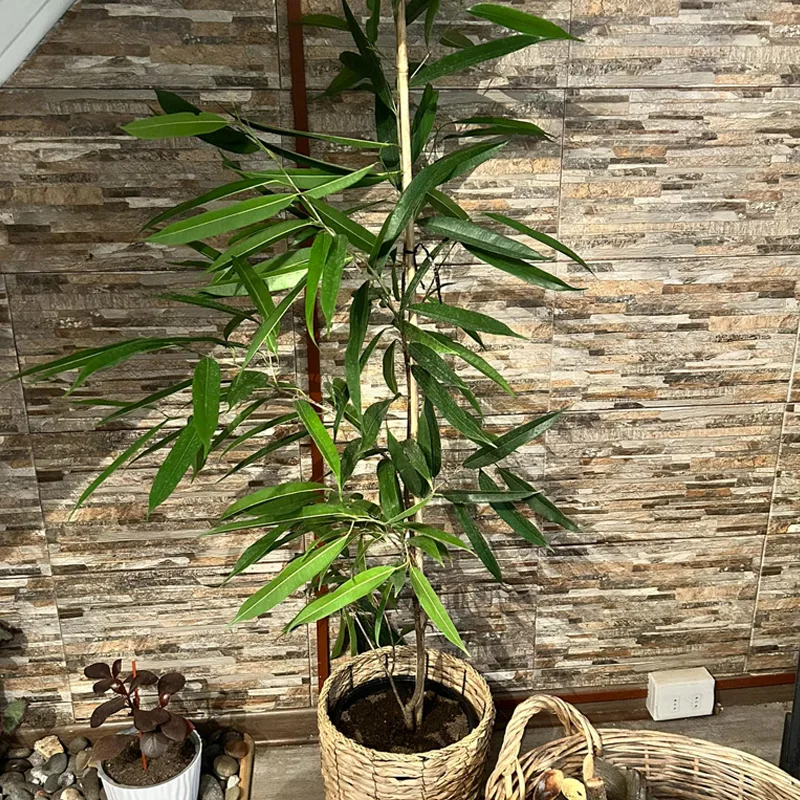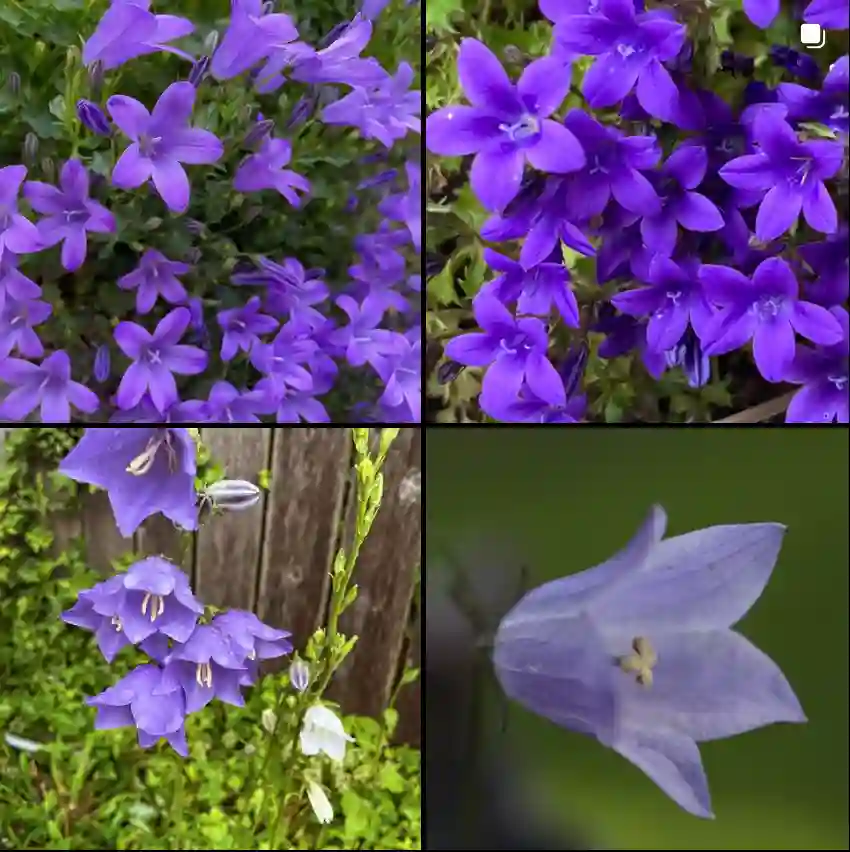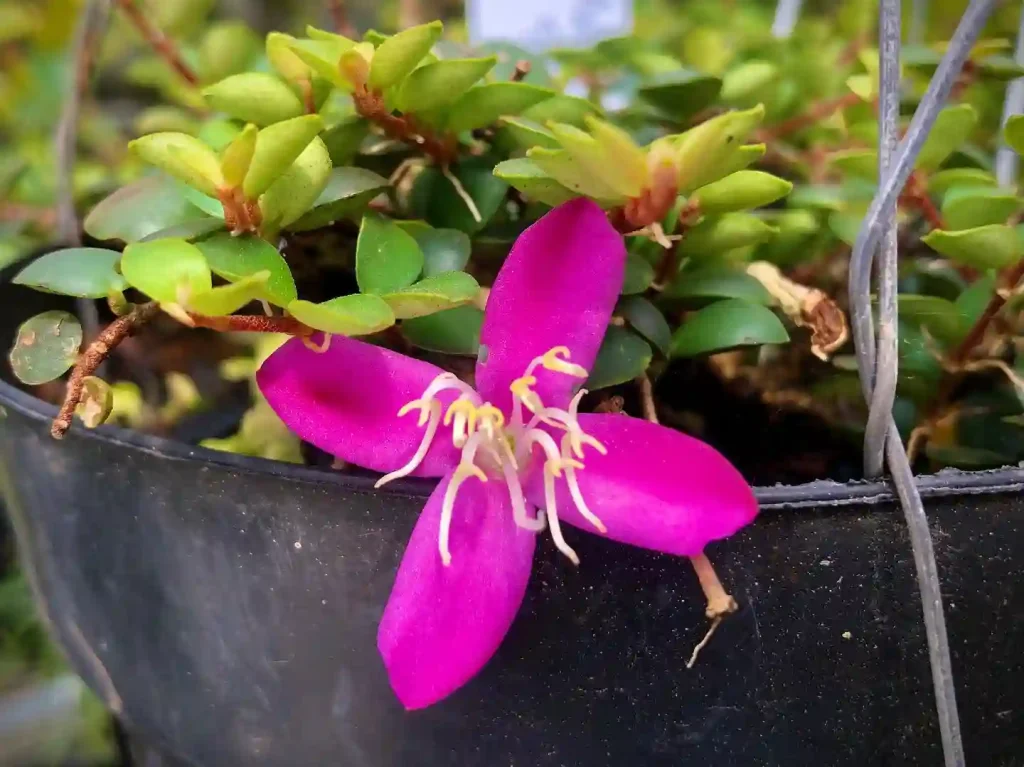Aspleniaceae: A Deep Dive into the Fern Family
When it comes to ferns, one family stands out for its diversity and ecological significance—the Aspleniaceae. Having spent years exploring different plant species, I’ve developed a deep appreciation for this fern family, which boasts around 700 species spread across several genera. What fascinates me about Aspleniaceae is how these ferns manage to thrive in a variety of habitats, from moist forest floors to rocky cliffs. Today, I’ll share my insights on this incredible plant family, focusing on its unique characteristics and the genera that make it special.
A Quick Overview of the Aspleniaceae Family
The Aspleniaceae family, commonly referred to as spleenworts, is part of the Pteridophytes, or ferns. What sets this family apart is its adaptability to a wide range of environments. Spleenworts can be epiphytic, terrestrial, or lithophytic, meaning they can grow on other plants, in the ground, or on rocks. One of the most well-known characteristics of this family is its unique reproductive system—like most ferns, they don’t produce flowers or seeds but instead reproduce via spores.
In my experience, spleenworts are perfect for adding a touch of prehistoric elegance to any garden or indoor plant collection. Their delicate fronds unfurl in ways that look almost sculptural, yet they require minimal care once established, making them ideal for both seasoned and novice plant enthusiasts.
The Genus Asplenium: A Star of the Family
908 Species in Genus Asplenium
When discussing Aspleniaceae, the Asplenium genus is a must-mention. With over 700 species, this genus alone represents the vast diversity within the family. Species like the Asplenium nidus, commonly known as the Bird’s Nest Fern, are widely recognized. The Bird’s Nest Fern, with its lush, broad fronds, has a sculptural elegance that I’ve always admired. It thrives in low-light environments, making it an ideal indoor plant for spaces like bathrooms or shaded corners. What I love about it is how low-maintenance it is—just a bit of misting and it’s good to go.
Another notable species is the Asplenium scolopendrium, or Hart’s Tongue Fern. Its long, strap-like fronds are unique compared to the more commonly feathery ferns. I find this species to be a fantastic option for woodland gardens. Its ability to thrive in damp, shady environments makes it a perfect companion plant for hostas or heucheras, both of which I’ve also worked with extensively.
Genera within Aspleniaceae
- Acystopteris Nakai
- × Asplenicystopteris P.Fourn.
- Asplenium L.
- Athyrium Roth – 270 Species in Genus Athyrium
- Blechnum L.
- Coryphopteris Holttum
- × Cystocarpium Fraser-Jenk.
- Cystopteris Bernh.
- Deparia Hook. & Grev.
- Desmophlebium Mynssen, A.Vasco, Sylvestre, R.C.Moran & Rouhan
- Diplaziopsis C.Chr.
- Diplazium Sw.
- Gymnocarpium Newman
- Hemidictyum C.Presl
- Homalosorus Pic.Serm.
- Hymenasplenium Hayata
- Macrothelypteris (H.Itô) Ching
- Onoclea L.
- Phegopteris (C.Presl) Fée
- Rhachidosorus Ching
- Salpichlaena J.Sm.
- Stenochlaena J.Sm.
- Telmatoblechnum Perrie, D.J.Ohlsen & Brownsey
- Thelypteris Schmidel
- Woodsia R.Br.
- Woodwardia Sm.
Ecology and Adaptation: Why Aspleniaceae Thrives
The ecological versatility of Aspleniaceae ferns never ceases to amaze me. From tropical rainforests to temperate woodlands, these ferns have found a way to adapt and thrive. One reason for their adaptability lies in their spore reproduction. Spores can travel significant distances by air, which helps these plants colonize new areas. I’ve seen them grow in the most unexpected places—cracks in walls, on mossy tree trunks, and even in the joints of rocks.
Another reason for their success is their ability to form symbiotic relationships with mycorrhizal fungi, which aids in nutrient absorption, especially in nutrient-poor soils. In fact, many species of Asplenium are considered pioneer plants, helping to stabilize soil and create more fertile conditions for other plants.
Cultivating Aspleniaceae: My Personal Tips
If you’re looking to cultivate species from the Aspleniaceae family, I’ve learned a few tricks over the years that can help. First, most spleenworts prefer indirect light. Direct sunlight can scorch their delicate fronds, so placing them in a shaded area is crucial. Second, these ferns thrive in high humidity, which makes them excellent choices for bathroom plants or terrariums.
Watering is another critical aspect. While these ferns love moisture, they don’t appreciate being waterlogged. I always make sure the soil is well-draining. Overwatering can lead to root rot, which can be fatal for these plants. When it comes to soil, a mixture of peat, perlite, and organic matter works wonders. This ensures the soil retains moisture but doesn’t become too compact.
Lastly, don’t be afraid to prune dead or yellowing fronds. This not only helps the plant look healthier but also encourages new growth. In my experience, a little maintenance goes a long way in keeping your ferns lush and vibrant.
Why I Love Aspleniaceae
What draws me to the Aspleniaceae family is its timeless beauty and resilience. These ferns have survived for millions of years, and their adaptability is truly inspiring. Whether I’m adding them to a garden or keeping them as indoor companions, they never fail to bring a touch of natural elegance to the space. Plus, their low-maintenance nature means I can enjoy their beauty without too much fuss—a win-win for any plant lover.
In conclusion, if you’re looking to expand your fern collection or simply want to add a touch of greenery to your space, the Aspleniaceae family has a lot to offer. From the sturdy Asplenium species to the more delicate Hymenasplenium, this family of ferns is diverse, resilient, and a joy to cultivate. Whether you’re a seasoned gardener or just getting started, spleenworts are an excellent choice for any plant enthusiast.
If i die, water my plants!



